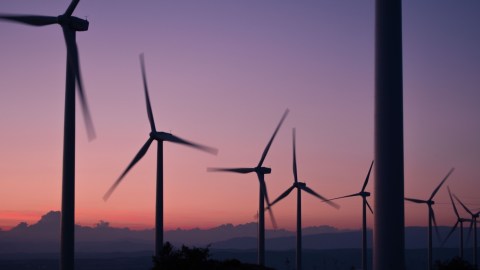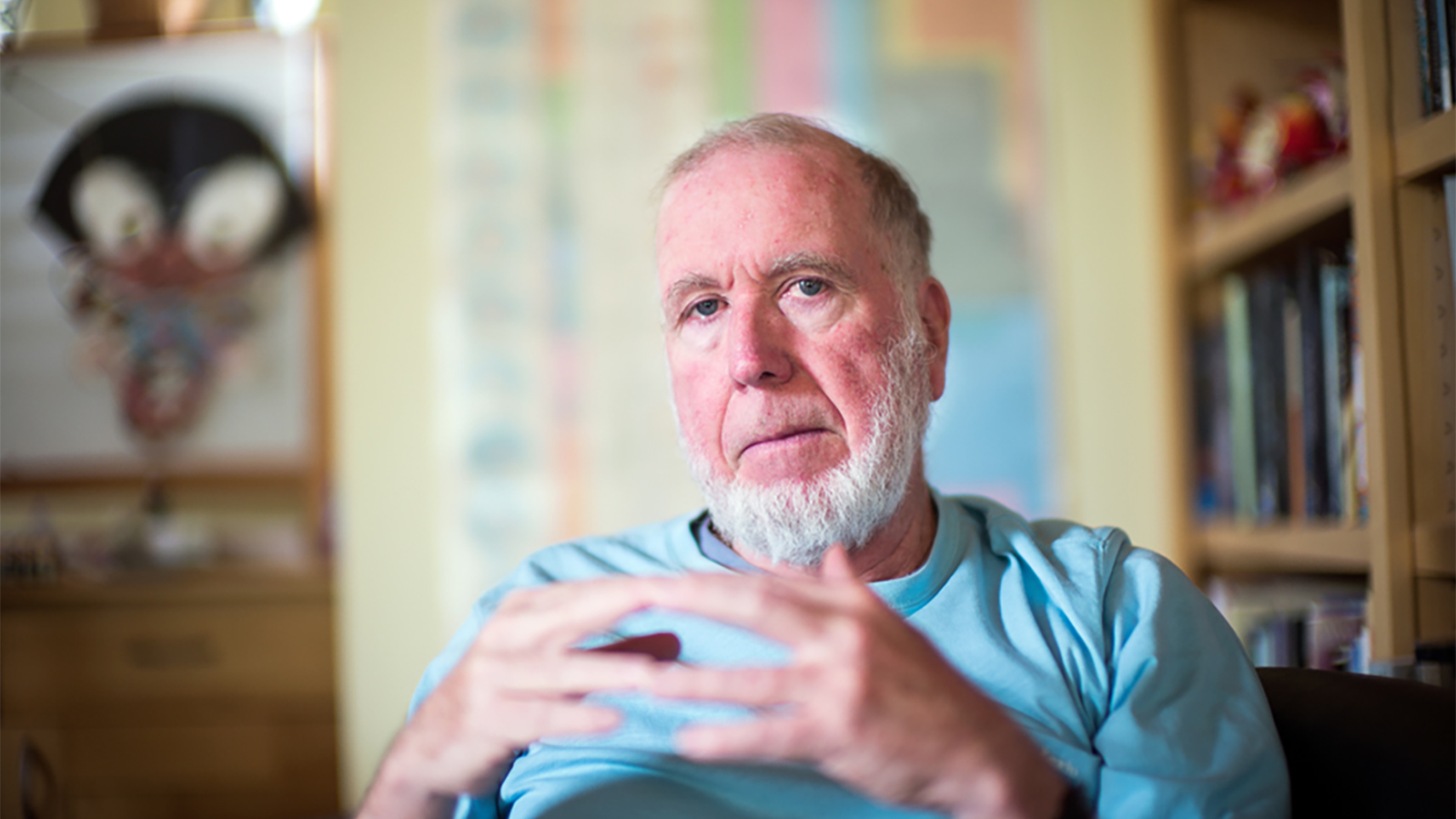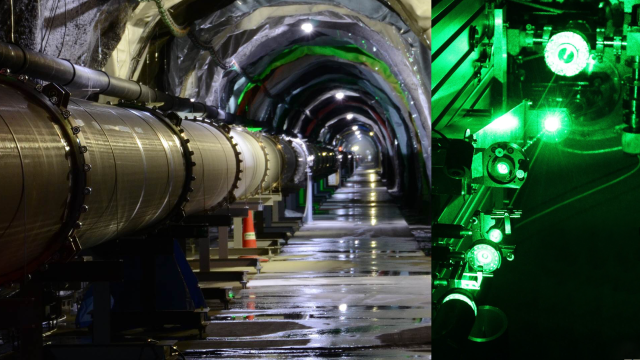Can the world run on renewables? Yes, Stanford researchers say.

Photo credit: Anna Jiménez Calaf on Unsplash
- Study presents roadmaps for 139 countries to go 100 percent renewable.
- Authors suggested it was a much more aggressive strategy than the Paris agreement.
- Researchers found that it’s possible with current technology and capabilites to go full renewable by 2050.
The fossil fuels that we’re currently dependent on for much of our energy consumption — among them, coal, natural gas, and oil — are not renewable resources. It’s been a common fact for quite some time that when we exhaust these resources, we won’t be able to produce any more. Still, with that being said, many regard renewable energy as a subpar and less dependable energy source than our go-to fossil fuels.
Yet, according to the United States Energy Information Administration (EIA), renewable energies already account for 15 percent of our total electricity generation. Investments in renewable energy is occurring rapidly and places once seen as petroleum producing havens (such as Texas) now account for 12 percent of their energy production from renewables.
This said, as the world marches steadily on toward a future of renewable energy, one 2017 study, published in the journal Joule, indicates that a total overhaul may happen sooner than we think.
One hundred percent renewable energy
The extensive study analyzed the 139 countries that are responsible for 99 percent of global carbon emissions. Overall, the researchers found that the planet should be ready to go 100 percent renewable by 2050.
In the completed report, the authors lay out renewable energy roadmaps — overviews of how each country can transition completely away from fossil fuels to renewable energy. Their work doesn’t just provide blueprints, though. The researchers also explain how in transitioning we can avoid 1.5°C global warming, create 24.3 million long-term jobs, reduce the social cost of energy, and increase worldwide access to energy.
Mark Z. Jacobson, lead researcher of the study stated, “I was surprised by how many countries we found had sufficient resources to power themselves with 100 percent wind, water, and solar power.”
All of these countries would be able to use renewable energy contained within their own borders and could most likely rely on technologies they currently possess. Researchers also talked about how the shift to 100 percent renewables would decrease the amount of land dedicated to energy production. Jacobson writes:
“The entire renewable energy footprint [. . .] is on order of 1.15 to 1.2 percent of the world’s land. But keep in mind that 20 percent of the world’s land is used for agriculture. In the United States, if you just look at oil and gas, there are 1.7 million active oil and gas wells and 2.3 million inactive wells. Collectively they take up somewhere between one to two percent of the U.S. land area. And that’s not counting the refineries, the pipelines, or coal and nuclear infrastructure.”
Each day we’re beginning to see an increased amount of effort and investment being funneled into purely renewable energy resources. Indeed, the trend is spreading far and wide throughout the world.
Wind energy projects
A surprising study back in 2009 — it was conducted by the European Environment Agency — made an almost unbelievable claim: If Europe built all of its onshore and offshore wind farms, it’d be able to power the continent 20 times over.
As it turns out, though, the actual wind potential in Europe could be even greater. A new study found that maximizing onshore wind potential could enable the wind farms to power the continent to 100 times the over. That would be enough energy to power the entire world — from now until 2050. Europe’s untapped wind energy amounts to around 52.5 terrawatts, or about 1 million watts for every 16 European citizens.
It’s not just Europe that is getting in on the action. Kenya recently launched one of Africa’s largest wind power farms. They’re on course to meet the country’s goal of 100 percent green energy by 2020. The farm, known as Lake Turkana Wind Power (LTWP) can generate around 310 megawatts to the national grid and increase the country’s electricity supply by 13 percent.
Kenya has launched Africa’s largest wind power farm in a bid to boost electricity generating capacity and to meet the country’s ambitious goal of 100% green energy by 2020. President Uhuru Kenyatta stated during the time of launch, “Today, we again raised the bar for the continent as we unveil Africa’s single largest wind farm. Kenya is without doubt on course to be a global leader in renewable energy.”
Solar power around the world
The United Arab Emirates is winding up the sun power as it just opened up one of the world’s largest solar farms. They’ve opened up a couple of solar plants in a row, as they start the long transition from oil to solar.
Noor Abu Dhabi is one of the world’s largest individual solar power plants. The plant contains 3.2 million solar panels. It can produce up to 1.17 gigawatts of power, which is enough to supply the electricity needs of 90,000 people, while reducing carbon emissions by 1 million metric tons.
Not to be outdone, Saudia Arabia is working on a solar farm outside of Mecca, they think will be able to produce 2.6 gigawatts of power once finished.
Back in the states, Disney has led an initiative to build a giant solar panel installation to power its Florida resort. This is part of Disney’s plans to cut emissions by 50 percent by 2020. The 50-megawatt solar facility was ready for action in 2019 to provide renewable energy to the Walt Disney World Resort in Orlando. The New York Times reported that it’ll reduce net greenhouse gas emissions by 57,000 tons per year.
Time and time again, these pockets of renewables sprout up and showcase the success that this type of energy can have on the surrounding areas around it. A concentrated effort throughout the globe could turn this into the new fabric of our energy needs.





